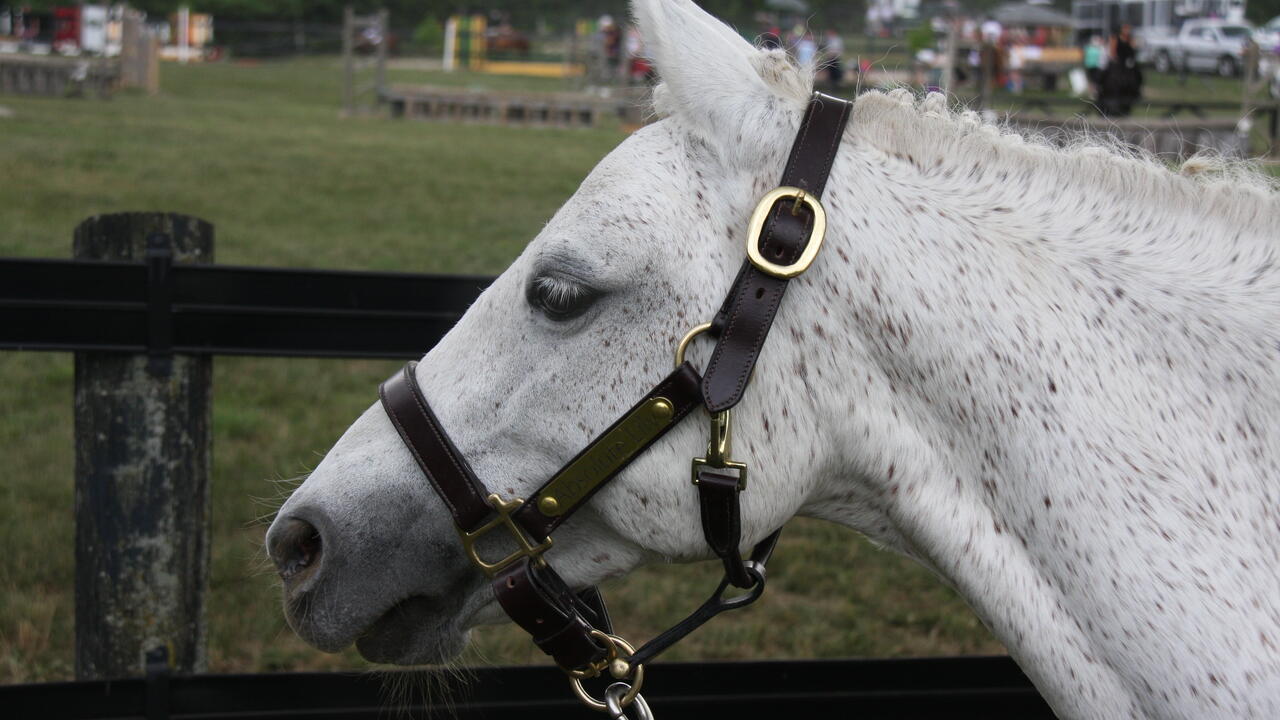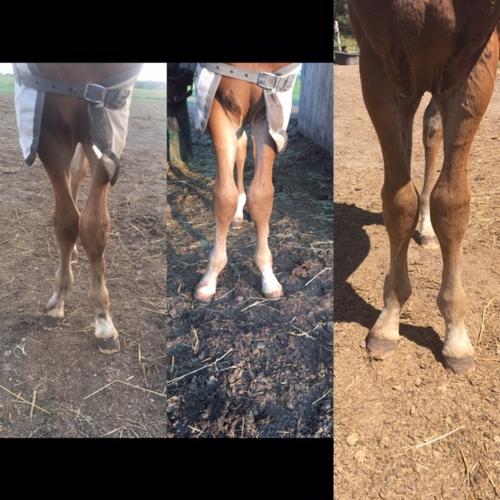
Out of retirement and into the barn
How did a retired engineering alumnus end up becoming a farrier?

How did a retired engineering alumnus end up becoming a farrier?
By Megan Vander Woude Office of AdvancementAfter a full career with IBM, Brian Hyodo (BASc ’74) retired at the age of 55.
“Then I found out that I hated retirement,” he explains. “I sat at home thinking, ‘I have got to do something.’”
Five years later, he began an unexpected second career as a farrier, placing shoes on horses and donkeys and helping to straighten their crooked legs. It’s a rewarding career move that also tapped into his engineering background.
BRIAN HYODO, Farrier
I started my career wanting to be king. I am ending it quite happy with being a servant to the animals I care for.
The idea for Brian’s second career came after a pick-up hockey game. His teammate mentioned a recently graduated acquaintance, who was completing a farrier apprenticeship.
Brian knew he wanted a post-retirement career, but he wasn’t sure what it would be. Becoming a farrier seemed to check all of the boxes: “I thought, ‘Now that’s a job.’ It’s got a learning curve, it can’t be outsourced, and if you’re good at it you’ll be valued.”
He connected with a farrier through a couple friends who owned horses. He shadowed the farrier for a day, and even managed to remove a shoe from a horse’s hoof. Then, he did some research about the business opportunity.
“I looked up how many horses there are in Canada, in Ontario and in the Greater Toronto Area” says Brian. “I researched how many farriers there were. I did an analysis, just like you would with any business you want to enter. And I thought the numbers weren’t too bad.”
Happy with the results, Brian travelled to Missouri to train with one of the most highly certified farriers in the world. He spend eight weeks in intensive training. When he returned, he found an apprenticeship and eventually started his own service.
 Brian’s farrier company is called Conformation Engineering.
Brian’s farrier company is called Conformation Engineering.
“One of my first customers had a foal with crooked legs,” says Brian. “The foal was two weeks old and the owner asked me what to do about it.”
Brian had never considered how to fix the conformation of a leg, but he decided to tackle the problem. By using an engineering approach, he created a process that would gradually solve the issue, one small correction at a time.
“Now the foal is three years old and can run like the wind! You would never know it was born with a crooked leg,” he says.
His business started as a pure farrier service, focused on trimming and shoeing. After a couple successful attempts, Brian shifted into a new area of farriery, with non-invasive techniques that correct leg deformities in foals. Today, Conformation Engineering is a unique service that helps improve the health of a horse’s feet and legs.
“I got a second try to correct a foal’s limbs,” says Brian, “My approach was successful again, and so then I had a process – I had an idea of what worked and what didn’t. At that point, I went back to the anatomy of a horse’s leg, and I figured out why it was working. That’s when I realized I was doing something unique.”

Brian can trace this approach back to his days in the Systems Design Engineering program at Waterloo. His classes involved many group projects, where students would tackle problems they knew nothing about – like designing a recreational area for disabled children, new garbage disposal systems, or emergency response systems.
“That’s really the training that help me, along with my farrier training,” he says. “Because there was no tool or instruction manual on what to do about crooked legs. The way we were trained to approach problems in systems design, it stayed with me for life.”
With this new career, Brian knows that he’s creating a positive impact. When he started his first career at IBM, he was focused on climbing the corporate ladder. As a farrier, he’s discovered a skillset that makes a positive difference in the lives of animals.
“I started my career wanting to be king,” he says. “I am ending it quite happy with being a servant to the animals I care for.”

Read more
City of Kitchener partners with United College's GreenHouse to drive youth-led climate action with $64,000 in microgrants from Bloomberg Philanthropies

Read more
Waterloo alum and local entrepreneur advocates for a renewed culture of entrepreneurship to help fuel Canada’s future

Read more
With AI, manufacturing and green tech-focused companies, Waterloo-linked innovators are scaling businesses for global impact
The University of Waterloo acknowledges that much of our work takes place on the traditional territory of the Neutral, Anishinaabeg, and Haudenosaunee peoples. Our main campus is situated on the Haldimand Tract, the land granted to the Six Nations that includes six miles on each side of the Grand River. Our active work toward reconciliation takes place across our campuses through research, learning, teaching, and community building, and is co-ordinated within the Office of Indigenous Relations.